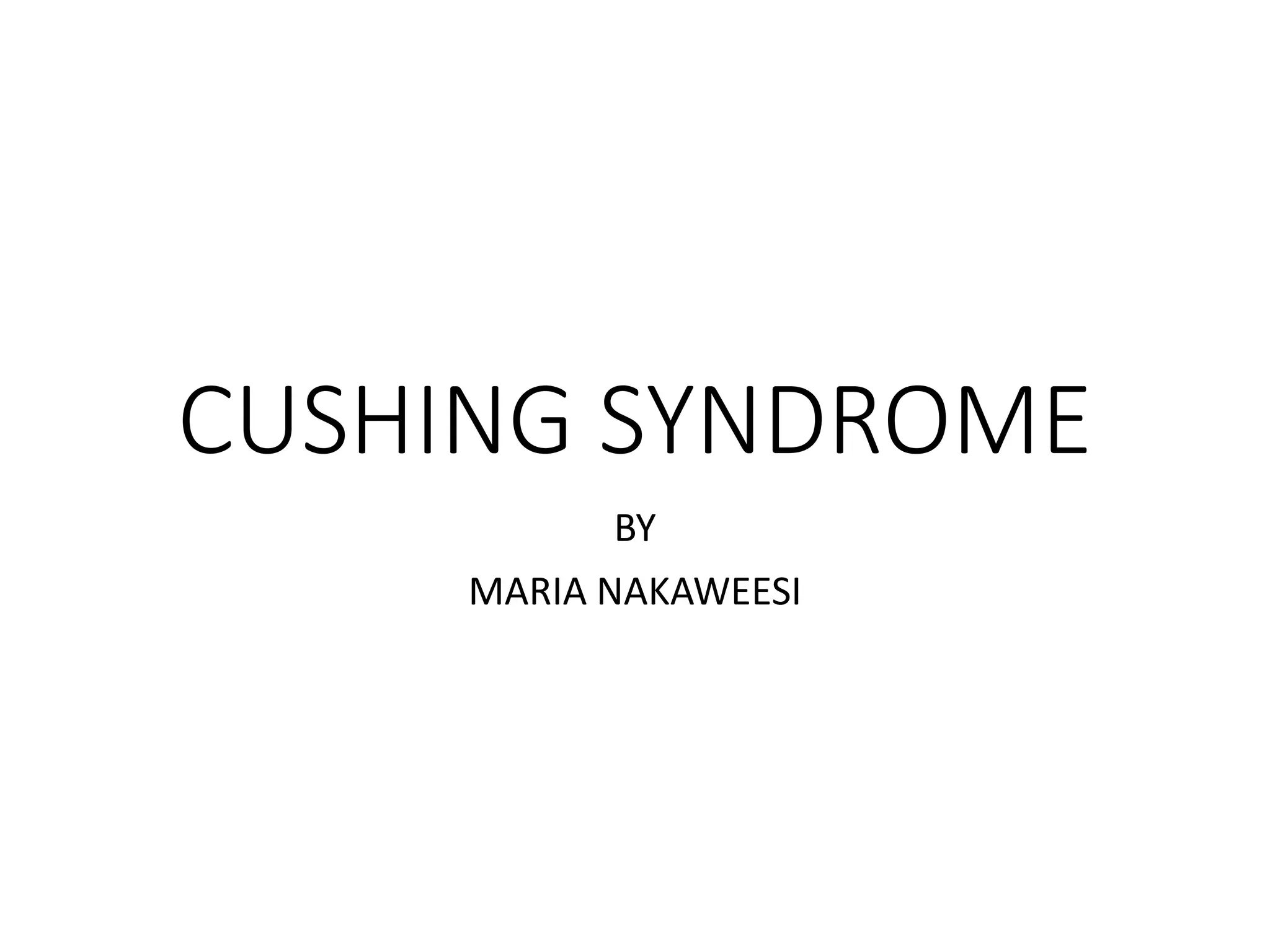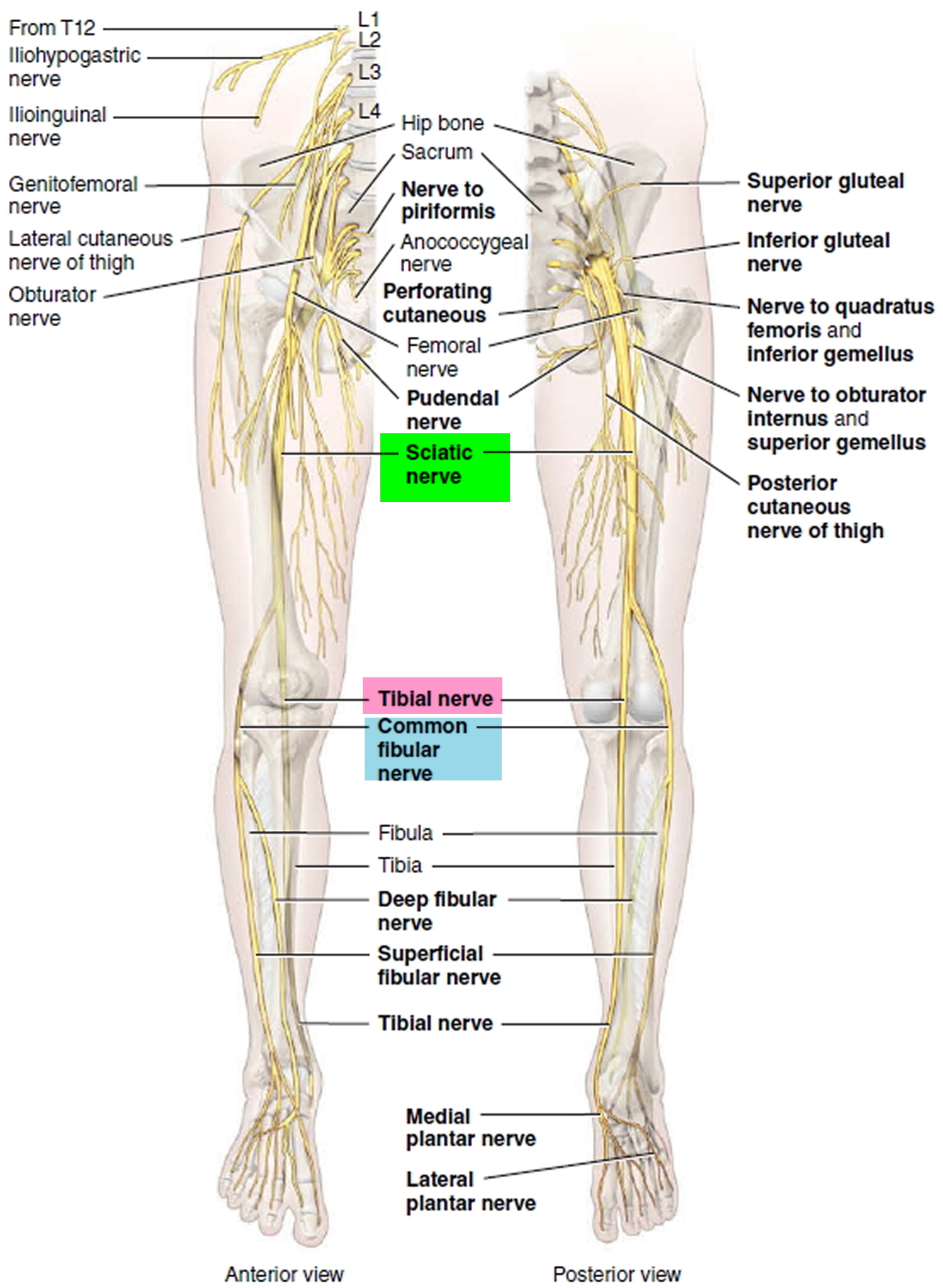Piriformis Syndrome: Causes, Symptoms, And Effective Treatment
When searching for "Piriformis Syndrome: Causes, Symptoms, And Effective Treatment", thousands of search results will appear. So, what makes our "Piriformis Syndrome: Causes, Symptoms, And Effective Treatment" special?
Editor's Notes: "Piriformis Syndrome: Causes, Symptoms, And Effective Treatment" have published today! We know Piriformis Syndrome: Causes, Symptoms, And Effective Treatment is critical to you — that's why we've put together this comprehensive guide to help you make the right decision. We analyzed and compared data, dug into the latest research, and consulted with experts in the field. Our goal is to provide you with the most up-to-date and evidence-based information so that you can make the best choice for your health.
Here are some key differences or key takeaways from our research that you should know about Piriformis Syndrome: Causes, Symptoms, And Effective Treatment:
FAQ
This section addresses frequently asked questions regarding Piriformis Syndrome, a condition that can cause pain in the buttock, hip, and leg. Understanding these questions and answers can provide valuable insights into the condition and its management.

CUSHING SYNDROME, causes, symptoms and management | PPT - Source www.slideshare.net
Question 1: What is Piriformis Syndrome?
Answer: Piriformis Syndrome occurs when the piriformis muscle, located deep in the buttocks, compresses the sciatic nerve. This compression can lead to pain, numbness, and tingling in the buttocks, hip, and leg.
Question 2: What are the symptoms of Piriformis Syndrome?
Answer: Symptoms of Piriformis Syndrome can include pain in the buttocks that worsens when sitting or running, numbness or tingling in the buttocks, hip, or leg, and difficulty rotating the hip.
Question 3: What causes Piriformis Syndrome?
Answer: Piriformis Syndrome is often caused by overuse or repetitive movements that strain the piriformis muscle, such as running, cycling, or lifting heavy objects. It can also be caused by trauma to the buttock or hip area.
Question 4: How is Piriformis Syndrome diagnosed?
Answer: Diagnosis of Piriformis Syndrome typically involves a physical examination and a review of the patient's symptoms. The doctor may also order imaging tests, such as an MRI, to rule out other conditions.
Question 5: What are the treatment options for Piriformis Syndrome?
Answer: Treatment for Piriformis Syndrome usually includes rest, ice, and physical therapy to stretch and strengthen the piriformis muscle. In some cases, injections of corticosteroids or surgery may be necessary.
Question 6: How can Piriformis Syndrome be prevented?
Answer: Prevention of Piriformis Syndrome involves stretching the piriformis muscle regularly, maintaining a healthy weight, and engaging in exercises that strengthen the core and hip muscles.
By understanding these frequently asked questions, individuals can gain a clearer understanding of Piriformis Syndrome, its symptoms, causes, diagnosis, and treatment options. This knowledge can empower them to make informed decisions regarding their health and well-being.
For more comprehensive information on Piriformis Syndrome, please refer to the other sections of this article.
Tips for Managing Piriformis Syndrome
Piriformis syndrome can be a debilitating condition, but there are effective ways to manage it. Here are some tips:
Tip 1: Rest and Ice
Resting the affected area and applying ice can help reduce pain and inflammation. Ice should be applied for 15-20 minutes at a time, several times a day.
Tip 2: Stretching
Stretching the piriformis muscle can help relieve pain and improve range of motion. Some effective stretches include the pigeon stretch, the figure-four stretch, and the seated piriformis stretch.
Tip 3: Strengthening Exercises
Strengthening the muscles around the piriformis muscle can help stabilize the hip and reduce pain. Some effective exercises include the bridge, the clam shell, and the side-lying hip abduction.
Tip 4: Massage
Massage can help relax the piriformis muscle and relieve pain. A massage therapist can use specific techniques to target the piriformis muscle and surrounding tissues.
Tip 5: Chiropractic Care
Chiropractic care can help realign the spine and pelvis, which can relieve pressure on the piriformis muscle. A chiropractor may also use manual therapies to stretch and massage the piriformis muscle.

Piriformis Syndrome In Runners: Causes, Symptoms, and Effective - Source www.runnersblueprint.com
In addition to these tips, it's important to make lifestyle changes that can help reduce pain and improve function. These changes may include losing weight, avoiding activities that aggravate the pain, and using a supportive mattress and pillow.
If you're experiencing pain in your buttocks or hip, it's important to see a doctor to rule out other conditions. If you're diagnosed with piriformis syndrome, these tips can help you manage the condition and improve your quality of life.
Read More: Piriformis Syndrome: Causes, Symptoms, And Effective Treatment
Piriformis Syndrome: Causes, Symptoms, And Effective Treatment
Piriformis syndrome is a condition that affects the piriformis muscle, a small muscle located deep in the buttocks. When the piriformis muscle becomes irritated or inflamed, it can compress the sciatic nerve, which runs along the back of the thigh and into the leg. This compression can cause pain, numbness, and tingling in the buttocks, thigh, and leg.

Seated Sucirandhrasana, seated eye of the needle pose, beginner's yoga - Source www.pinterest.jp
- Causes: Piriformis syndrome can be caused by a variety of factors, including muscle overuse, injury, or irritation.
- Symptoms: The most common symptom of piriformis syndrome is pain in the buttocks that radiates down the back of the thigh and into the leg.
- Diagnosis: Piriformis syndrome can be diagnosed through a physical exam and a series of tests, such as the Freiberg test and the Pace test.
- Treatment: Treatment for piriformis syndrome typically involves rest, ice, and physical therapy to help stretch and strengthen the piriformis muscle.
- Prevention: Piriformis syndrome can be prevented by avoiding activities that put stress on the piriformis muscle, such as running or sitting for long periods of time.
- Prognosis: The prognosis for piriformis syndrome is generally good, although some people may experience chronic pain.
Piriformis syndrome is a common condition that can cause significant pain and discomfort. By understanding the causes, symptoms, and treatment options for this condition, you can take steps to prevent it or manage it effectively.

Piriformis syndrome causes, symptoms, test, diagnosis, treatment & stretch - Source healthjade.com
Piriformis Syndrome: Causes, Symptoms, And Effective Treatment
Piriformis syndrome is a condition that occurs when the piriformis muscle, located deep in the buttock, spasms and compresses the sciatic nerve. This can cause pain, numbness, and tingling in the buttocks, thigh, and leg. Piriformis syndrome is often misdiagnosed as sciatica, which is a condition that causes pain along the sciatic nerve due to a herniated disc or other spinal problem. However, piriformis syndrome is a distinct condition with its own unique set of causes, symptoms, and treatments.

Guide to Turtle Neck Syndrome: Causes, Symptoms & Treatment - Source ormobility.com
The piriformis muscle is a small, flat muscle that runs from the sacrum (the triangular bone at the base of the spine) to the greater trochanter (the prominence at the top of the thigh bone). The piriformis muscle helps to rotate the hip externally and abduct the hip (move it away from the body). When the piriformis muscle is tight or spasmed, it can compress the sciatic nerve, which runs under the piriformis muscle on its way to the leg. This compression can cause pain, numbness, and tingling in the buttocks, thigh, and leg.
Piriformis syndrome is often caused by overuse of the piriformis muscle, such as from running, cycling, or dancing. It can also be caused by trauma to the buttocks, such as from a fall or a car accident. In some cases, piriformis syndrome can be caused by a structural abnormality, such as a tight piriformis muscle or a narrow piriformis muscle foramen (the opening in the sacrum through which the sciatic nerve passes). The "piriformis syndrome: Causes, Symptoms, And Effective Treatment" article presents the condition's causes, symptoms, and treatments in clear manner and highlights the importance of accurate diagnosis to avoid misdiagnosis as sciatica. The article underscores the significance of understanding the unique characteristics of piriformis syndrome to effectively address the condition.
| Cause | Symptom | Treatment |
|---|---|---|
| Overuse of the piriformis muscle | Pain, numbness, and tingling in the buttocks, thigh, and leg. | Rest, ice, and stretching. |
| Trauma to the buttocks | Numbness in the feet | Physical therapy |
| Structural abnormality | Weakness in calf muscles | Surgery |
Conclusion
Piriformis syndrome is a condition that can cause pain, numbness, and tingling in the buttocks, thigh, and leg. It is often caused by overuse of the piriformis muscle, but can also be caused by trauma to the buttocks or a structural abnormality. Treatment for piriformis syndrome typically involves rest, ice, and stretching. In some cases, physical therapy or surgery may be necessary.
If you are experiencing pain, numbness, or tingling in the buttocks, thigh, or leg, it is important to see a doctor to rule out piriformis syndrome. Early diagnosis and treatment can help to prevent further pain and disability.
Western Sydney Wanderers Seek Victory Over Auckland FC To Advance In Continental Clash, Australia Day Honours Recognise Outstanding Australians For Their Contributions To The Nation, Zverev's Domestic Violence Allegations: A Comprehensive Examination, José Fernando Cosculluela Suárez: Puerto Rican Rapper And Reggaeton Star, Étoile Sportive Du Sahel Vs Espérance Sportive De Tunis: Match De Titans En Tunisie, Real Sociedad Vs. Getafe: La Liga Clash Of Top-Flight Contenders, Udinese Vs. Roma: Clash Of The Titans In Serie A Title Race, Capago: The Revolutionary AI-Powered Platform For Digital Marketing Automation, Stade Moulay Hassan: A Legacy Of Football Heritage In Rabat, Join Our Team: Explore Exciting Career Opportunities At [Company Name],